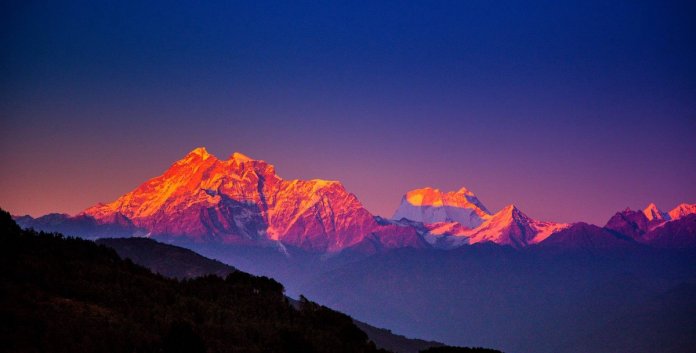Hello Readers!
In todays’ blog we will learn about the Himalaya Day. September 9, is celebrated as Himalaya Day/Himalayan Diwas by the Government of Uttarakhand. Himalaya Day was officially started in the year 2015 by the then Chief Minister of Uttarakhand, Harish Rawat. The National Mission for Clean Ganga organised Himalayan Diwas in association with Naula Foundation. The celebration was part of the ongoing ‘Azadi ka Amrit Mahotsav.’
Why is this day observed?
It is celebrated with the aim to conserve Himalayan ecosystem and region. Due to poor building planning and designs, insufficient infrastructure such as roads, water supply, sewage, and unprecedented tree cutting, Himalayan hill cities suffer a number of issues. As a result, major ecological challenges arise.
The day is commemorated to highlight the critical need for eco-friendly hill town planning and designs. For the entire world, the Himalayas are a source of strength and a priceless heritage. As a result, it must be conserved. In addition to instilling scientific knowledge, the day helps to raise awareness and community involvement.
Theme of Himalayan Diwas 2021
The theme of the 2021 year Himalaya Diwas is “Himalayas: Science and Knowledge.
Webinar Pahad-Paani-Parampra
The proceedings of the ‘Stakeholders Webinar on Pahad-Pani-Parampara’ were also released during the occasion. This webinar took place on June 10th, 11th, and 12th, 2021. It allowed policymakers and decision-makers to raise awareness about spring drying-up and the critical significance of spring-shed management. The event was held to emphasise the importance of Ganga Rejuvenation for the Long-Term Sustainability of the Himalayas.
Importance of the Himalayas
Himalaya plays a critical role in preserving and protecting the environment as well as the country from extreme weather. Aside from being a rich reservoir of floral and faunal biodiversity, the himalayan range is also responsible for rain.
NMCG understands the role of the Himalayas in triggering the monsoons. This has a significant impact on the Ganga and its tributaries’ flow. NMGC sanctioned several initiatives thereby recognizing its duty towards himalayas. IIT Roorkee is working on a project called “Rejuvenation of dying springs in Tokoli Gad Catchment of tehri Garhwal District using Geo-chemical and Geo-physical techniques.” The NMCG has also approved INTACH’s Cultural Mapping of the Ganga from Gaumukh to Ganga Sagar project.
About The Himalayas
The Himalayas are named after the Sanskrit words ‘Hima’, which means snow, and ‘Alaya,’ which means adobe. The Himalayas, the world’s highest and youngest mountain ranges, are a crescent-shaped mountain range that stretches over 2500 kilometres from the south of Indus Valley to Namcha Barwa in the east.
Peaks
The world’s 14 eight-thousanders, mountains above 8000 metres high, are found in Central Asia’s Karakoram and Himalayan mountain ranges. Mount Everest is the highest mountain in the Himalayas.
Flora and Fauna
Snowcock, Himalayan choughs, rose finches, and accentors are among the endemic and endangered species of flora and fauna in the Himalayan region.
UNESCO Heritage sites in the Himalayas
Great Himalayan National Park Conservation Area (Himachal Pradesh, India)
Nanda Devi and Valley of Flowers National Parks (Uttarakhand, India)
Khangchendzonga National Park (Sikkim, India)
Sagarmatha National Park (Nepal)
With this we come to the end of this blog. We covered major points related to the Himalaya diwas and its importance in sustaining the ecosystem.
Stay tuned for more updates!




